
The Importance of Setting Goals and Tracking Performance in Digital Marketing
It goes without saying that all successful digital marketing campaigns start with the digital marketing team settling clear goals. Goal inform the details of the marketing campaign plan (how to get to the goal) and illuminate other objectives to reach. However, if a digital marketing team fails to set a goal properly, the campaign is doomed from the start. As such, it is absolutely critical that every digital marketing campaign have clearly defined and achievable goal; that goal is the foundation upon which the rest of the campaign relies.
But setting a goal properly is no easy task. While it may seem simple, specifying the exact objective of a digital marketing campaign is actually one of the hardest parts of planning the campaign. Therefore, it is vital for digital marketing professionals to understand how to form, analyze, and track their goals.
Choose a SMART Goal
Digital marketing campaign goals should be SMART. SMART is an acronym standing for:
• Specific means narrow and clearly defined, not vague, and understood fully by all involved. “Improving sales” is too vague, “increasing by 10% the number of blue widgets sold in Florida by the end of the month” is more specific.
• Measurable means having an objectively quantifiable or unambiguously qualifiable target to reach. “Selling a lot more blue widgets” is unclear and unmeasurable, since people will have different ideas about what “a lot” entails. “Increasing blue widget sales by 10%” is measurable.
• Attainable means being realistic and not excessively ambitious, but still challenging and worth reaching. “Putting a widget in every home in America” is not attainable, “becoming the leading state distributor of widgets” is attainable.
• Relevant means being worthwhile, aligning with company or consumer values, and fulfilling needs. “Lobbying Congress to remove environmental regulations” is not relevant, “finding cost-effective green production methods” is.
• Timely means having a deadline or end-date that the goal needs to be completed by. “Releasing a new widget” is not timely, “releasing a new widget by Christmas of next year” is, because there is a clear deadline.
SMART goals have been used for decades in the professional and academic world. Until recently, their success was so self-evident that few even bothered to question them. But recent studies have confirmed what many already knew – SMART goals help people work smarter, not harder. In fact, a 2018 study from the National Center for Biotechnology Information, funded by the National Institutes of Health, found that SMART goals can even be helpful in making students smarter. Resident medical students were found to study more after being briefed on SMART goals,
“SMART goals serve as a powerful primer to promote additional self-directed learning,” the study authors wrote in the Western Journal of Emergency Medicine. “This intervention can be readily applied to most simulation debriefing sessions and requires little training to be employed effectively.”
But SMART goals aren’t just for medical students. A number of different digital marketing campaign strategies mesh perfectly with SMART goals, which means that it’s smart to use them for digital marketing teams, too. The examples listed above are just a few of the ways that digital marketers can integrate SMART goals into their campaign plan. To really make SMART goals work well in the digital marketing world, however, KPIs are the place to start.
Getting SMART with KPIs
Key Performance Indicators (KPIs) measure success against a specific target. Any objective or numerical goal can function as a KPI. Fortunately, SMART goals usually have key performance indicators built into the first two letters of the acronym. However, it is still important to understand KPIs on a deeper level.. As Forbes puts it:
“Too often owners fail to get an understanding of how their business operates. They fail to log any departmental metrics of their operations throughout the year, and they’re stuck with an idling business wondering where problems lay…KPIs are a pertinent part of measuring the successes and failures of your business.”
Because KPIs are data-driven, they are often tied to financial goals that measure profit margins or revenue. Perhaps the most popular and widely known KPI is net profit: the revenue left from a given period after accounting for all expenses in that same period. For many KPI measurements, net profit is converted to a percentage of revenue called the “net profit margin.”
There are many other KPIs and new ones are invented to measure performance in new situations every day. However, there are some ubiquitous tried and true KPIs that have been used for years across a diverse range of different industries. It is important for digital marketing teams to know what these common KPIs are. Even if these KPIs aren’t useful for a campaign right now, learning about these common KPIs can provide insight for designing or selecting other relevant KPIs (and the more common ones might always come in handy some day in the future). Here are some of the most widespread KPI categories and how they are used:
• Customer Metrics. KPIs focused on customers tend to cover customer retention (how many repeat customers a business gets), customer satisfaction (usually based on ratings or reviews from customers) or various measures of productivity/efficiency on a per-customer basis. Some common customer metrics include Customer Lifetime Value, or CLV, which is the total quantity of revenue that a customer gives to a business over the whole lifespan of their relationship with the business, and Customer Acquisition Cost, or CAC, which is the total marketing and sales cost necessary on average to get a new customer. Many businesses also get more perspective by comparing CLV and CAC, which can help determine the efficacy of marketing campaigns that are aimed at acquiring more customers.
• Process Performance Metrics. These metrics tend to analyze operational performance in an organization. One example is measuring the efficiency of a production process by dividing the total number of defective products by total product output to find out how much waste is in the process. If a significant portion of products a business makes are defective, then waste is losing the company money and that number needs to get cut down. Process performance metrics are useful for this type of analysis, such as Throughput Time which measures how long a particular process takes to run and complete.
• Financial Metrics. Metrics focused on the financial performance of a company are also important. One example of this type of KPI is Burn Rate, or the rate that a company is spending money for a given period of time. Financial metrics vary considerably based on the size and type of company, so Burn Rate KPIs (especially short-term ones that cover periods in the week or month range) are most popular among small companies that cannot undertake extensive, large financial analyses but still want to look at how sustainable their expenditures are.
However, digital marketing offers a whole range of its own KPIs that are based on the unique industry they represent. But before choosing KPIs for a digital marketing campaign and learning what KPIs can do to enhance campaign goal setting, it is crucial to understand what KPIs cannot do.
What are the Limits of KPIs?
Digital marketing teams should keep in mind that KPIs are limited in their efficacy, so they shouldn’t be relied on exclusively as the only type of SMART goal that can be set. Some of their limitations are their requirement for non-stop tracking and monitoring (as well as close follow up) to be useful and the fact that they usually need to be measured over a long time to produce meaningful data. Still, their biggest limitation is their effect on workers. Since KPIs are typically numerical and quantitative, they can ignore the qualitative traits that companies need to thrive. For example, a company maximizing the widgets made per month as a KPI can end up making lower quality widgets that break easily or don’t work as intended. KPIs can also force employees to shoot for unrealistic targets, undermining the point of SMART goals and creating unnecessary stress that damages long-term productivity. Workers that are just chasing after a numeric goal are less happy and less fulfilled, which may make them more likely to leave the company for competitors or other fields entirely.
Perhaps worst of all, KPIs have the potential to lead managers to “game the system” to try and appear to meet their performance targets. Although some level of “cooking the books” is an unfortunately widespread practice in many organizations, poorly designed and implemented KPIs can turn minor number tweaking into total falsification, which can spell death for any organization big or small. The importance of getting KPIs right shouldn’t be underestimated; historically it has led to the collapse of entire nations. One classic example is the Soviet Union. After Stalin seized power in the late 1920s, he implemented a series of “Five Year Plans” that were meant to rapidly industrialize the USSR which was still reeling from World War One, the two bloody revolutions and a civil war that followed, and a crushing economic crisis. Five Year Plans, interestingly, made use of KPIs – managers of factories and collective farms were given production targets that had to be supported with measurable data.
During the Five Year Plans, goal success was measured exclusively using these production quotas, and they were the end-all, be-all of the plan. However, the quotas were usually set far too high, and were sometimes impossible to meet. By the 1930s, the pressure to reach production quotas was so high that managers routinely falsified their numbers. As the British National Archives describes it:
“If workers did not achieve their targets, they were punished. Desperate factory managers fiddled the books or committed suicide as the pressure to produce more and more became too great. If the workers succeeded in reaching targets, they might be rewarded with increased wages. But usually their targets were increased as well [leading to] problems with wastage and inefficiency in the plans.”
The lesson here is that the more unrealistic the goal is and the more pressure workers are under to meet it, the more likely they are to fabricate results. As such, when building KPIs into a goal, it is critical to ensure that the goal is reachable and that there are not excessive consequences for failing to meet it. It is almost always better to reward people for meeting KPI goals than to punish them for failing to reach the target. Another important lesson is that significantly raising KPI targets because workers reached the previous target can backfire. The USSR isn’t the only place this this has happened – in the U.S. federal government has this problem too. The “use it or lose it” approach – where agencies risk future budget cuts if they don’t use their entire yearly budget – has led to serious wasteful spending. It is counterproductive to punish people with budget cuts or drastically higher productivity targets. Finally, KPIs should never be the totality of any goal or plan, but rather be used as an objective indicator that helps paint a larger picture. Other methods of goal measurement should be implemented to compensate for the limitations of KPIs.
“Despite having multiple KPIs,” according to Forbes, “every report should tie together into a single flash for the business as a whole. Not every KPI measures the overall performance of the business. They don’t show the totality of a project’s performance.”
What KPIs Work Best for Digital Marketing Campaigns?
For digital marketing campaigns, KPIs are based more on the digital world than the financial or customer service world. While all these areas are of course still important, there are unique circumstances in the digital marketing industry that have led to innovative new ways to measure success. One of those circumstances is social media, and the way individuals can express themselves and tailor the content of their feeds. As such, digital marketing campaign KPIs are as varied and curated as the customers the campaigns are trying to reach. Still, there are some broad goals and KPIs that are often used to measure the success of digital marketing campaigns, such as:
• Digital Marketing Return on Investment. Most people who have worked in the business world are familiar with return on investment (ROI), but digital marketing teams face the unique challenge of clients asking “how do we know all this digital marketing stuff even works?” Fortunately, digital marketing return on investment is the answer to that question. Calculating digital marketing ROI is easy as long as the digital marketing team can figure out what new revenue to attribute to their efforts. The equation for calculating this metric is: (Total Revenue From Digital Marketing – Total Digital Marketing Cost) / (Total Digital Marketing Cost)
• Conversion Rate. The term conversion refers to users completing a desired action, such as creating an online account, signing up for a free trial, or downloading a file. The importance of conversion lies in the data it generates; every conversion is another entry in a marketing database that helps further analysis. Conversion rate is the percentage of users in a given period of time who complete the action desired and is calculated like this: (Conversions / Total Visitors) x 100%
• Cost Per Click (CPC). One of the most common KPIs in digital marketing is CPC, the price paid for each click users make, typically on ads. CPC is useful for measuring the effectiveness of a digital marketing campaign and is commonly used in display campaigns. It illustrates not just whether a campaign is generating clicks, but also whether those clicks are worth the cost of the campaign. It is also useful for comparison between different campaigns. CPC is calculated simply by dividing cost of an ad by total clicks.
• Cost Per Acquisition (CPA). CPA is the average cost in marketing and sales for every new customer acquired during a campaign. It is a critical digital marketing KPI since it can make or break a campaign; campaigns that fail to acquire customers efficiently will inevitably be abandoned. CPA doesn’t apply in all circumstances, though. It is most useful when the goal of a campaign is acquiring customers that will have high lifetime value, rather than campaigns that aim to facilitate one-time sales. CPA can be calculated in two ways. The first equation is: (Total Ad Cost) / (Total Conversions). The second is: (Marketing Costs + Sales Costs) / (Number of Customers Acquired).
• Cost Per Conversion (CPCon). Though similar to CPA, CPCon is a broader metric. While acquisitions refer specifically to gaining a customer, anything can be called a conversion (a sale, a lead, a download, a subscription to a newsletter, etc.) so CPCon takes a bit of a wider view. It varies and is defined by the business model and type of campaign it’s measuring. CPCon is also calculated in two possible ways, first: (Cost) / (Conversions). Note that in this first equation the term “cost” is vague; that is because the costs being used to calculate CPCon will also vary from campaign to campaign. The second equation is: (CPC) / (Conversion Rate).
• Cost Per Lead (CPL). Although it can be tempting to look at the raw number of leads to measure success, that isn’t enough to mark the success of a digital marketing campaign. Lead acquisition costs have to be low enough to maintain a good margin and show significant growth. That’s where CPL comes in. It can be calculated as: (Total Campaign Cost) / (Number of Leads)
• Revenue Per Lead (RPL). Measuring CPL is good, but it’s important to consider the other side of things and look at the approximate sales value for each new lead. This metric allows digital marketing teams to predict their future sales based on conversion rates and expected traffic. It also helps reveal where the most profitable leads come from so the team can allocate resources effectively and reinvest in those more profitable channels. It can be calculated as: (Total Revenue Attributed to Campaign) / (Number of Leads)
• Email Clickthrough Rate (ECTR). In email marketing campaigns, the email clickthrough rate measures the target audience’s engagement. It shows whether an email is actually getting customers to take a desired action and can help the team discover what aspects of an email do and do not work. It can be calculated as: (Number of Clicks) / (Number of Emails Successfully Delivered) x 100%
• Email Open Rate (EOR). It is one thing to measure ECTR and know how many people are taking a desired action, but it is important to compare ECTR to EOR. Why? Because some members of the campaign’s target audience will open an email and then not click through. EOR also shows how effective the email subject lines are at grabbing the attention of potential customers. A big difference between ECTR and EOR demonstrates that an email has an eye-catching title, but the content of the email might be failing to get customers to take the desired action. EOR can be calculated as: (Emails Opened) / (Number of Emails Successfully Delivered). However, it is worth noting that tracking of email open rate is achieved through the use of an invisible pixel on the email which, when downloaded in the email client, informs the email service provided that the email has been opened. In June 2021 Apple announced that, with iOS15, the iPhone mail app would no longer support this type of email open tracking in a bid to assure users that Apple valued user privacy. As of this writing, the impact of this change is not yet clear.
• Bounce Rate. Of course, not all emails are delivered successfully. Sometimes things go wrong, such as the email list having incorrect or invalid emails. A high Bounce Rate means it is time to clean up the email list and potentially get more email addresses. The Bounce Rate can be calculated as: (Emails Sent – Emails Delivered) / (Total Emails Sent) x 100%
• Cost Per Install (CPI). There are few metrics more significant for mobile app owners to measure than CPI. It is a way of measuring the number of paid installs against organic installs. For companies that are trying to extend their existing business into the mobile world, CPI is a critical indicator of where they need to invest to make sure mobile marketing is effective and reaches out to their target customer base. CPI can be calculated as: (Total Ad Cost) / (Total Installs).
After creating a digital marketing plan and selecting the main KPI metrics that will measure its success, it is time to choose what tool to measure them with.
Choosing Analytics Tools
There are a number of different platforms to manage digital and social media analytics. They fall into three categories: web & SEO tools, social media tools, and email marketing tools.
Web & SEO Analytics Tools
Search Engine Optimization and web analysis is difficult and complex, but fortunately there is an abundance of different tools to help assess the success of efforts in these areas. Here are some of the biggest ones:
• Google Analytics. By far the most popular, Google Analytics runs on a freemium model provided directly by Google to help digital marketing teams track various metrics about traffic and other web performance measures. The basic version is free, but the premium version (Google Analytics 360) has a number of additional features that many find well worth the cost.
• Google Search Console. This program, which is a part of Google Analytics, offers in-depth SEO reports when linked to a Google Analytics account. The service is completely free to use and does much of the SEO-based analysis that Google Analytics doesn’t offer.
• HubSpot. For those looking for inbound marketing and automation, HubSpot can be used to track website traffic, social media channels, landing pages, inbound marketing, calls to action, and more. HubSpot is especially geared toward B2B companies.
• Moz. One of the more comprehensive platform for web analytics, Moz offers a broad range of tools for virtually everything a digital marketing team would need to do, including: keyword analysis, SEO competition, SERP features, search volume data, and more.
• ClickMeter. As a single virtual platform, ClickMeter aims to be a one-stop shop for businesses seeking to analyze and optimize their marketing links and conversion rates. If Moz is a toolbox, ClickMeter is a comprehensive multi-tool.
• SimilarWeb. SimilarWeb is a platform that allows businesses to compare their website to competitors around the world, discover what sources drive traffic to any website (search inquiries, social media, referrals, etc.), and analyze target customer base interests. SimilarWeb has the unique advantage of allowing digital marketing teams to see the organic and paid keywords – even the “Google not-provided” ones – of any website.
• Crazy Egg. With a number of unique tools such as Heat Map, Scroll Map, Overlay, and Confetti, Crazy Egg allows heatmap tracking of website usage. Crazy Egg is notable for its visualization features, making it easier to understand the data without getting buried in numbers. Crazy Egg also offers A/B Testing and other editing tools that are designed to help businesses build and modify content features for success.
• Ahrefs. Unlike its competitors, Ahrefs is made for maximum ease of use and minimal navigation. A paid SEO software suite, it has various tools for rank tracking, link building, keyword analysis, competitor analysis, and website audits. For many businesses, the biggest draw for Ahrefs is that it is designed specifically to learn why competitors rank highly. Getting that inside information can give companies an edge by showing them what they have to do in order to outrank the competition.
Social Media Marketing Analytics Tools
Social media marketing can seem deceptively simple, but a deeper look reveals that there is much more than meets the eye. There are a handful of good programs to help dig in and gather metrics so help you engage social media users better.
• Facebook Business Manager – Facebook Business Manager is your control console for paid Facebook and Instagram marketing campaigns. In Business Manager you’ll build you creatives, add your copy and calls-to-action, set campaign targeting, and set the goals for the campaign. You’ll be able to track progress to goal and see engagement with your paid Facebook promotions.
• AdEspresso. Hootsuite’s latest social media management suite, AdEspresso offers a wide range of helpful tools that provide real-time social media performance metrics. Some of the analytics it includes are: engagement, clicks, follow/unfollow statistics, mentions, and the performance of the social media team in responding to visitor messages and comments.
• Socialbakers Social Media Analytics. A completely free collection of cutting edge social media analytics tools, Socialbakers is designed to measure social media performance against competitors. It is built on the idea of multi-channel publishing, social media listening, and analyzing competing companies’ social media accounts to learn from them.
• Buffer. It can be exhausting to try and keep up with all the different social media accounts that a modern business can have, but Buffer helps by providing a platform to manage them all in one place. Buffer helps social media and digital marketing teams schedule content and publish it automatically, get analytics insights for all social media accounts, and understand how to improve performance. It also has the unique bonus feature of creating reports for managers and clients with pre-designed templates.
Email Marketing Analytics
Email marketing is like Pong: easy to learn, but hard to master. Email marketing analytics fall into several basic categories:
• Email service providers (ESPs) – ESPs are the tools you use to design and send out your email marketing. They range from simple, easy to use tools like MailChimp and Constant Contact, up to more sophisticated ESPs like Salesforce and Marketo. ESP analytics generally cover open rate, click rate, unsubscribe rate and bounce rate. ESP analytics will also include details on which links or buttons were clicked and some insight into deliverability.
• UTM codes – Putting UTM codes on your email CTAs (calls to action) allows you to track how well each CTA does in driving traffic to your site. Using Google’s UTM code builder is the easiest way to generate logical UTM codes. You’ll track UTM codes in your site’s Google Analytics dashboard.
• Email deliverability – Deliverability has to do with whether or not your outbound email marketing is being received and, if so, in what tab. If you have a Gmail account you know it has three tabs: Primary, Social and Promotion. Of course, every email marketer would like their outbound email offers to land in recipients’ Primary tabs, but can be difficult to achieve. Use Google Postmaster to monitor your IP and mailing domain reputation for recipients’ Gmail accounts. To assess deliverability across all email clients you can use a tool like Glockapps which will send test emails and measure whether they are delivered or blocked in Yahoo, Gmail, AOL, and more.
• Email rendering – Every email client will read your email code slightly differently. This means that your email will look different depending on whether it is received by Gmail, Outlook, AOL, Yahoo, or others. And your email will also look different on an iPhone, Android phone, laptop, desktop, or tablet. Tool like Litmus and Email on Acid will test your email designs across all email clients and viewport sizes to give you clear metrics on how it will look.
Making Digital Marketing Campaigns Work
Often, the reason that digital marketing campaigns don’t succeed is not that they lack quality, creativity, or skilled team members. The actual reason that many campaigns fail is that they do not set the right goals and track the campaign’s performance.
LNP Media Group is a leading Lancaster digital agency with the staff to do all of your digital campaign management in-house. We work with businesses across the Harrisburg-Lebanon-Lancaster-York area as well as businesses up and down in the east coast. During a marketing planning and strategy session we’ll set SMART goals for your campaigns to ensure their success. And, following campaign deployment, we’ll continue to be your partner in mid-campaign optimization and post-campaign analysis. Contact us today for a free consultation.


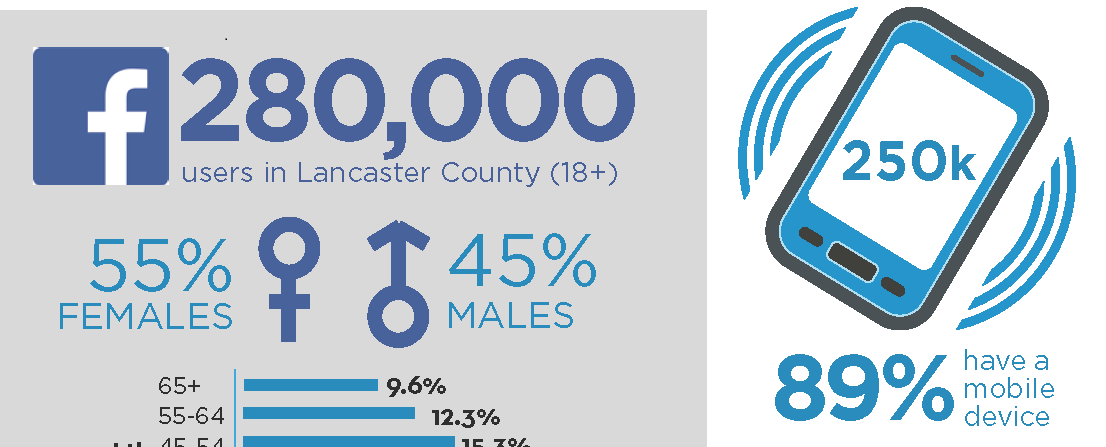
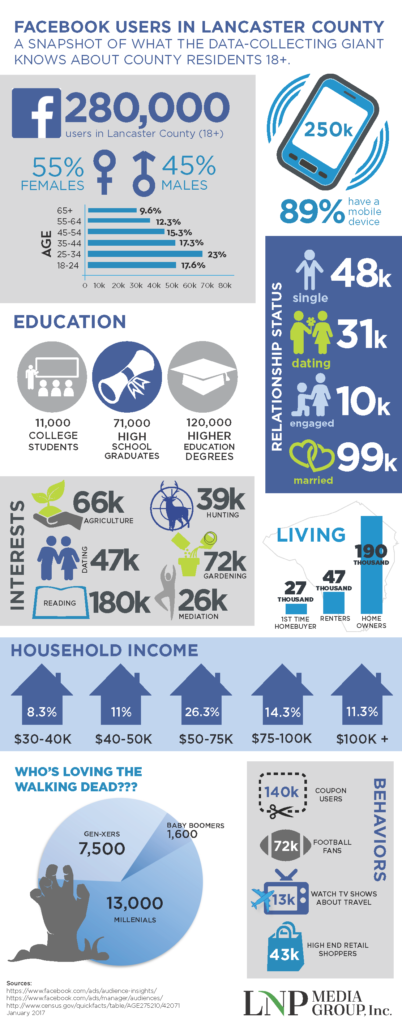



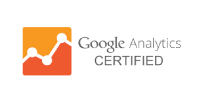
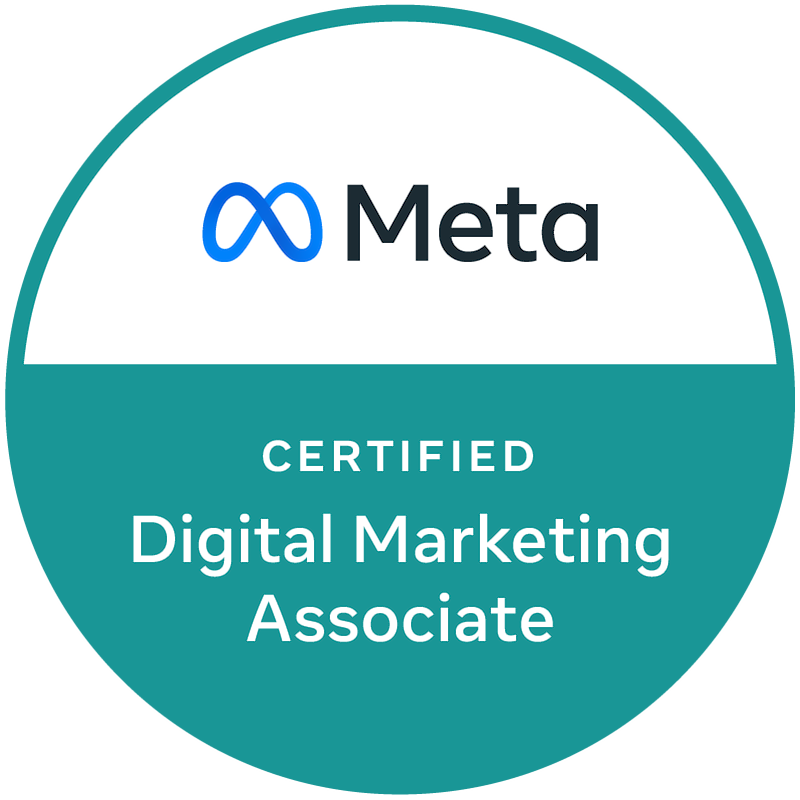




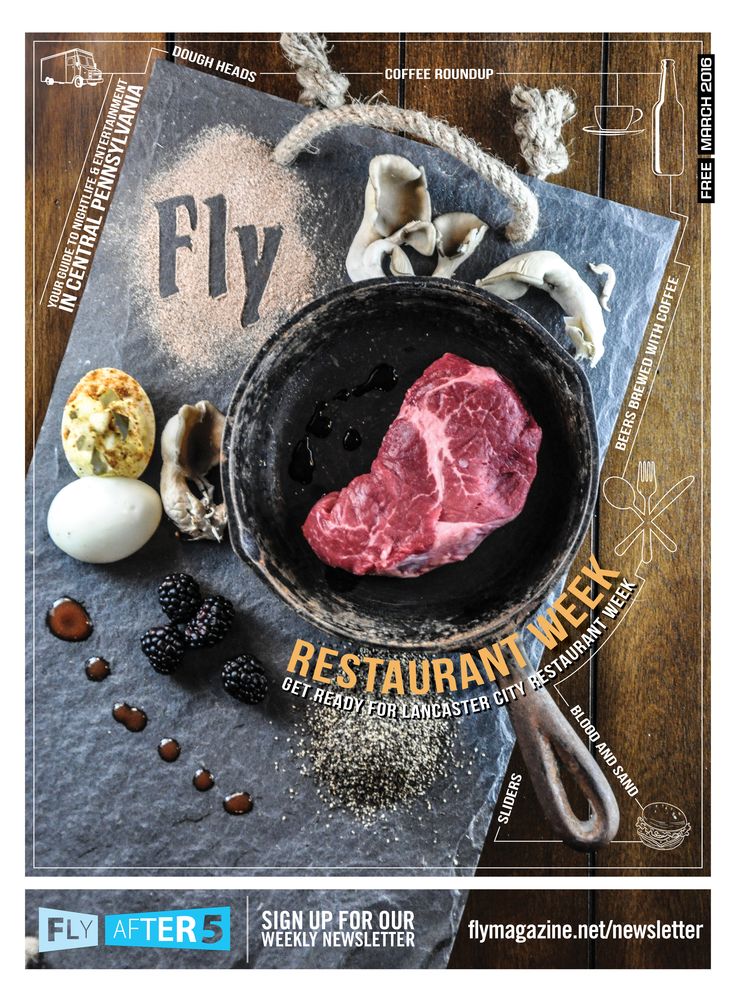 nvest in Photography
nvest in Photography
